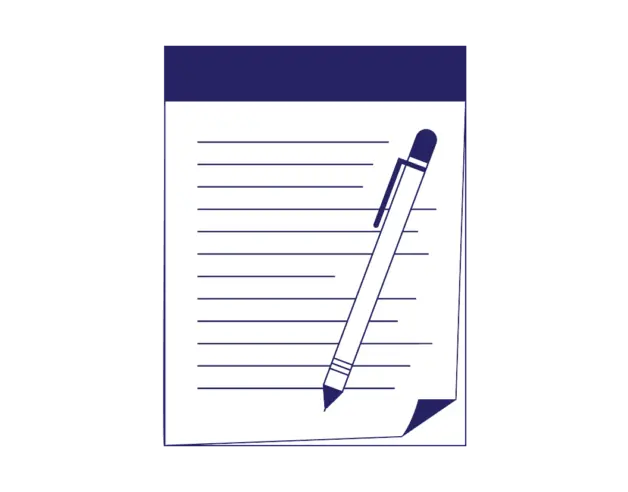
- 3-minute read
- 6th February 2024
What Is a Patent?
A patent is a form of intellectual property that restricts who can copy your invention. It protects your rights to your invention. Even though getting a patent can be a complex process, getting investment to move your idea from proof of concept to production can be very difficult without one.
Who Grants Patents?
In the U.S., patents are dealt with by the United States Patent and Trademark Office (USPTO), an agency of the government’s Department of Commerce.
This quotation from the USPTO gives the legal definition of a patent:
A U.S. patent gives you, the inventor, the right to “exclude others from making, using, offering for sale, or selling” an invention or “importing” it into the U.S.
What is granted is not the right to make, use, offer for sale, sell, or import the invention, but the right to stop others from doing so. If someone infringes on your patent, you may initiate legal action. U.S. patents are effective only within the U.S. and its territories and possessions.
Are There Different Types of Patent?
Yes, there are three different types of patent.
1. Utility Patent
This type of patent is perhaps the most obvious. A utility patent protects the invention of new or improved processes, machines, manufactured items, and compositions of matter (mixtures of substances). It’s valid for up to 20 years from the first non-provisional application date. You’ll need to pay fees at various times during the 20 years to keep your patent in force. So, if you’ve invented a new gadget or way of making something, this is likely to be the patent for you.
2. Design Patent
As the name suggests, a design patent protects the invention of new, original, and ornamental designs for manufactured items. It’s valid for 15 years from the date of being granted.
3. Plant Patent
Did you know it’s possible to invent a new plant? There are horticultural geniuses out there doing just that! If you’re one of them, this a plant patent is for you. It protects the invention, discovery, or asexual reproduction of any new and distinct plant. Like the utility patent, it is valid for 20 years.
Are There any Special Conditions an Invention Must Meet?
Yes, there are four conditions that an invention must meet to be granted a patent:
Find this useful?
Subscribe to our newsletter and get writing tips from our editors straight to your inbox.
1. It must be capable of being used (so not just a theory).
2. There needs to be a clear description of how the item is made and used.
3. It must be novel (i.e. new) so not something that’s been done before.
4. It can’t just be a change to something that’s already been invented, so you can’t make a tiny tweak and claim it’s totally new.
Summary
A patent is the legal process by which your rights over your invention are protected.
There are three types of patent, depending on what you want to protect: Utility, design, and plant.
In the U.S., patents are granted by the U.S. Patent and Trademark Office.
A patent application must show that the invention is able to be used, with a clear description of how it’s made. It must be completely new and can’t just be a change to something that’s already patented.
The application process is complex, and many inventors engage a patent attorney or agent to help with the application. We’re not experts in patents, but we are experts in proofreading professional documents. If you’d like help with your writing of any type, get in touch and we’ll proofread it for you!